
For many years, finding a panda in an American zoo was a dream to many. However, this will soon change, as the Chinese government has recently decided to lend some pandas to the US. Read to learn why we expect to see more of these adorable creatures.
Strengthening International Relations

In recent years, China has decided to lend pandas to various countries, including the United States, as a gesture of diplomacy and cooperation. With the potential for improved diplomatic relations, more American zoos are likely to benefit from these panda loans.
Financial Stability and Long-Term Commitment
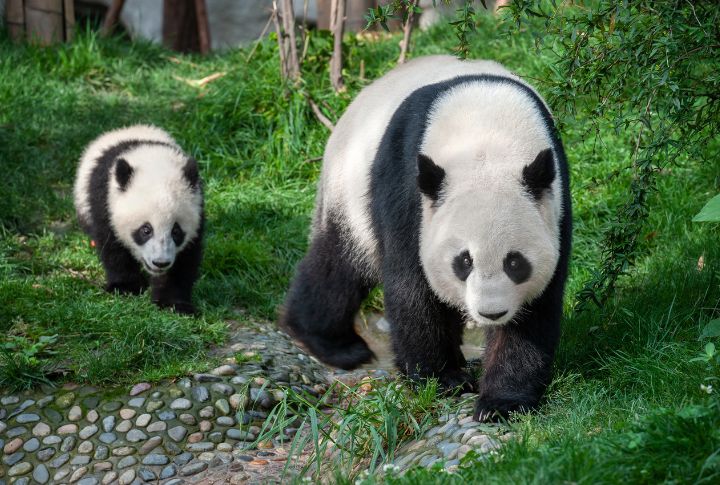
American zoos often enjoy greater financial stability than regions with limited resources and funding. Thanks to increasing budgets, diversified revenue streams, and dedicated philanthropic support, these facilities can sustain long-term conservation programs and investment in panda care and research.
Promoting Awareness and Fundraising
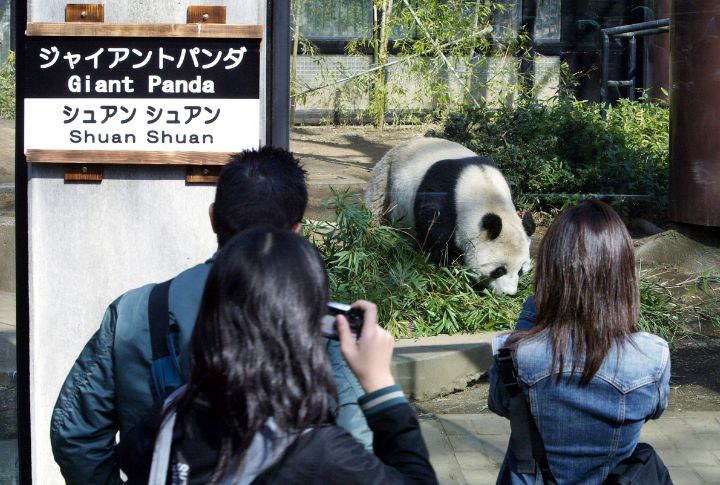
Pandas are flagship species for preservation efforts, drawing attention to broader environmental issues and rallying support for wildlife protection initiatives. As public awareness grows, more American zoos seek to acquire pandas to fulfill their educational and preservation missions.
Enhancing the Zoo Experience

The playful demeanor, distinctive appearance, and status as global icons make pandas star attractions at zoos. Increased foot traffic brings greater revenue opportunities for zoos, allowing them to invest in facility improvements and animal welfare initiatives.
Breeding and Research Opportunities

Zoos play a vital role in captive breeding efforts to maintain genetically diverse and healthy populations of endangered species, including pandas. Through careful breeding management and scientific research, American zoos contribute valuable data and insights into panda reproduction, behavior, and health.
Educational Opportunities

By offering hands-on interactions and immersive educational experiences, zoos play an essential part in encouraging conservation enthusiasm among the next generation. Panda exhibits offer educational programs, interpretive signage, and multimedia resources that engage visitors in learning about pandas through hands-on activities and immersive exhibits.
Improving Local Economies

The arrival of pandas at American zoos has significant economic implications for local communities. Pandas are major tourist attractions, drawing visitors from across the country. As tourists flock to see these iconic animals, they inject revenue into local businesses, including hotels, restaurants, and souvenir shops.
Sharing Chinese Heritage and Tradition

Pandas hold a special place in Chinese culture, and zoos have the opportunity to promote cultural exchange between the United States and China. Exhibits featuring pandas often incorporate Chinese art, architecture, and traditional elements, giving visitors a glimpse into the rich cultural heritage of the panda’s native land.
Addressing Global Challenges

By prioritizing the protection of pandas and their habitats, zoos contribute to broader protection goals and demonstrate their commitment to safeguarding Earth’s natural heritage. As zoos strive to diversify their animal collections and align with international animal welfare priorities, acquiring pandas becomes increasingly appealing.
Meeting Visitor Expectations
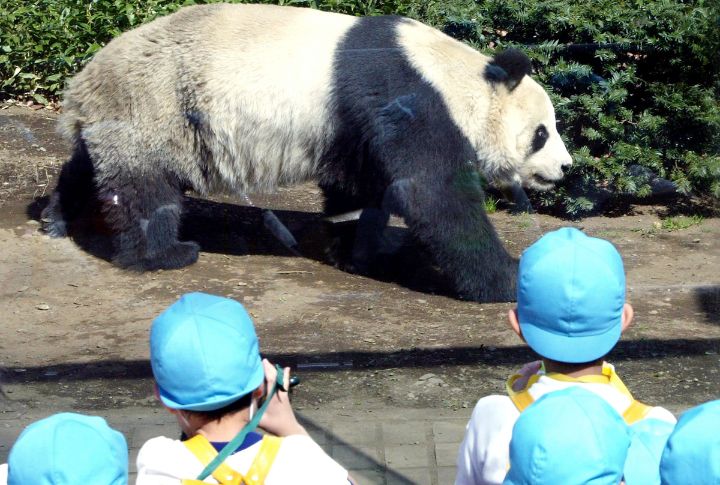
Pandas consistently rank among the most popular zoo attractions. Public interest in pandas continues, and American zoos face increasing pressure to meet visitor expectations and provide engaging, memorable experiences. By introducing pandas to their collections, zoos can satisfy public demand for unique and awe-inspiring animal encounters.
Ensuring Species Survival

Maintaining sustainable populations of pandas in captivity contributes to the species’ long-term survival. Through carefully managed breeding programs and genetic diversity initiatives, American zoos play an integral role in ensuring the resilience and adaptability of pandas in the face of environmental threats.
Advancing Knowledge and Technology
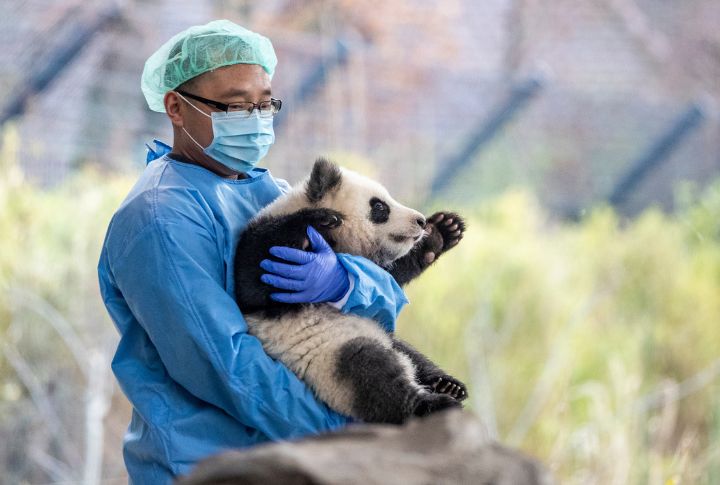
Researching panda reproduction, nutrition, and disease management contributes to developing innovative techniques that benefit captive and wild populations. Zoos serve as living laboratories for studying panda ecology and behavior, providing insights into the impacts of habitat loss, climate change, and human disturbance on wild pandas.
Enhancing Global Cooperation
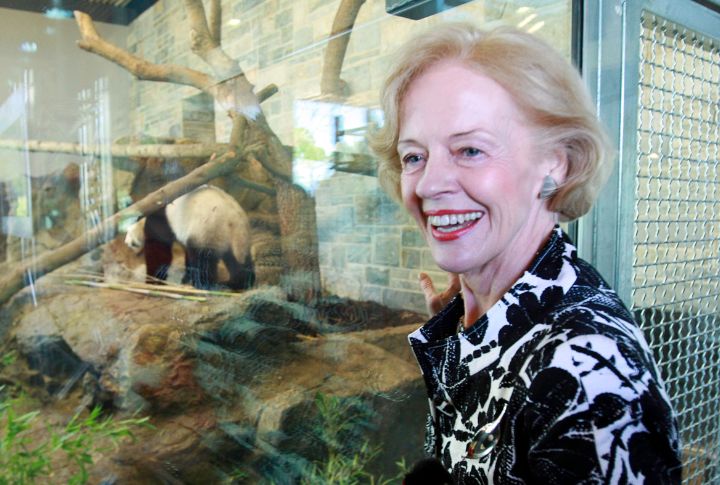
Collaborative partnerships between global zoos facilitate knowledge exchange, capacity building, and coordinated actions that maximize the effectiveness of conservation efforts. American zoos demonstrate their commitment to global biodiversity and contribute to the collective efforts of protecting endangered species and preserving natural ecosystems.


Comments
Loading…